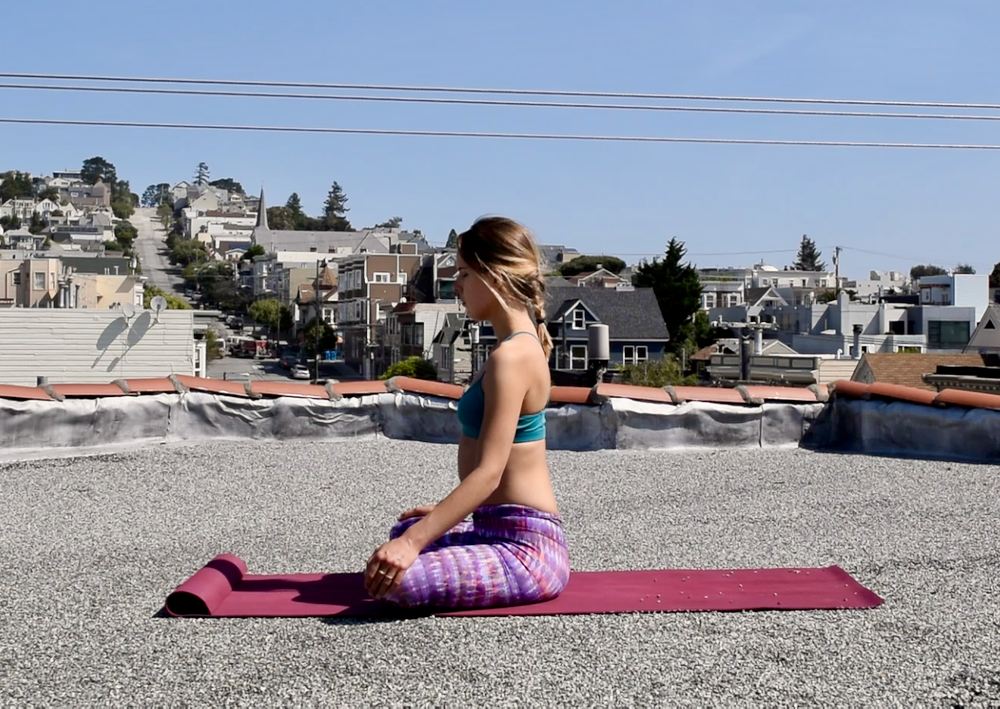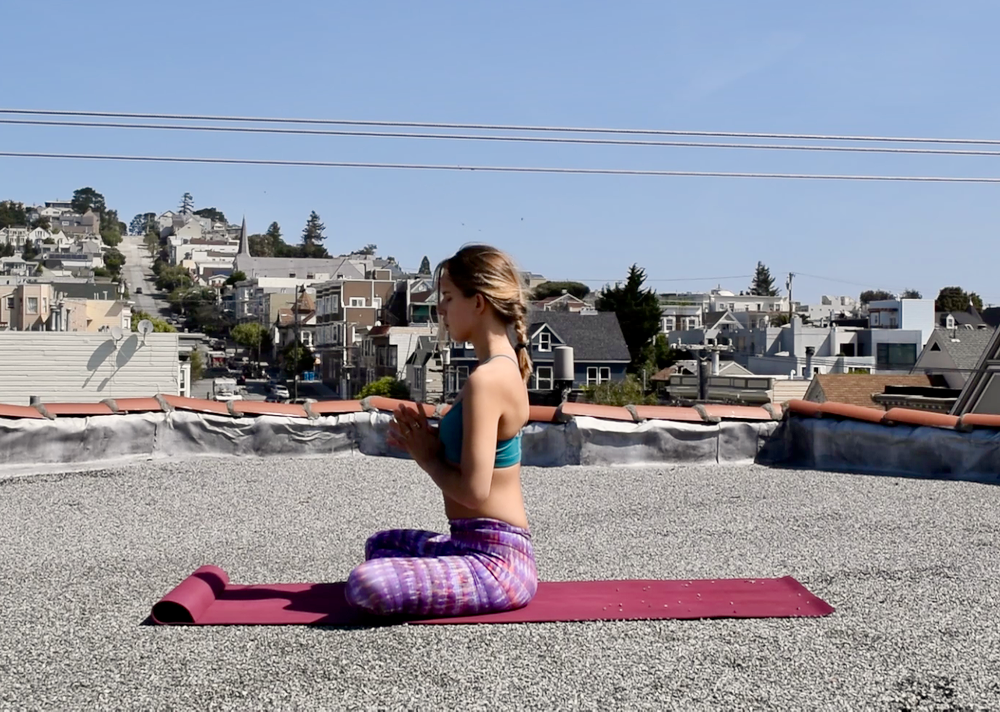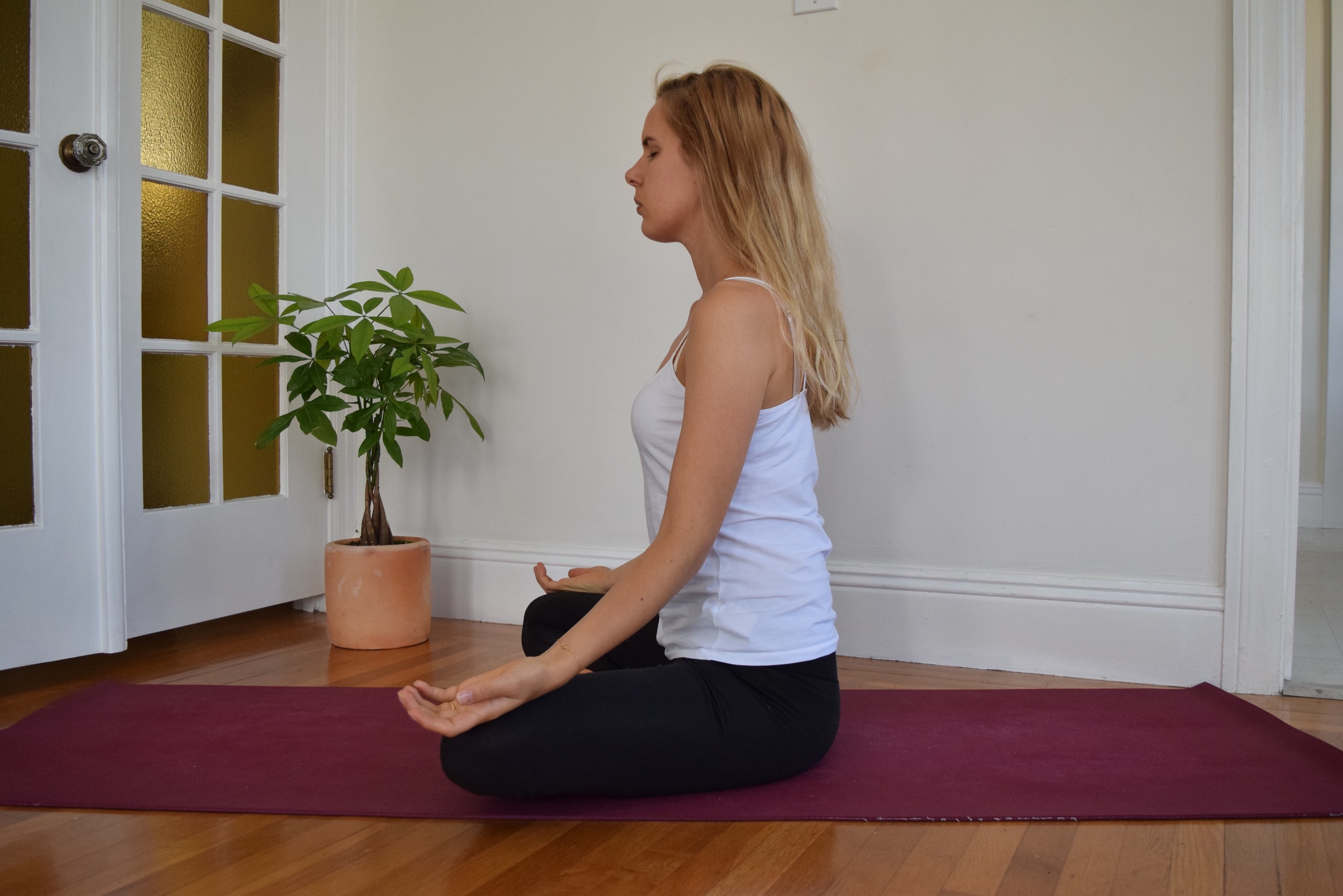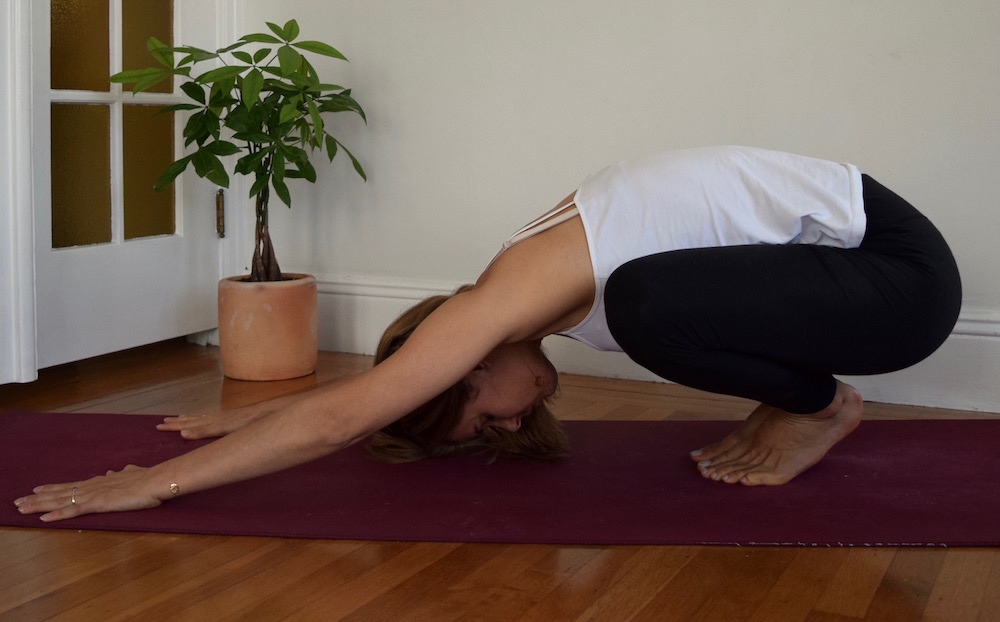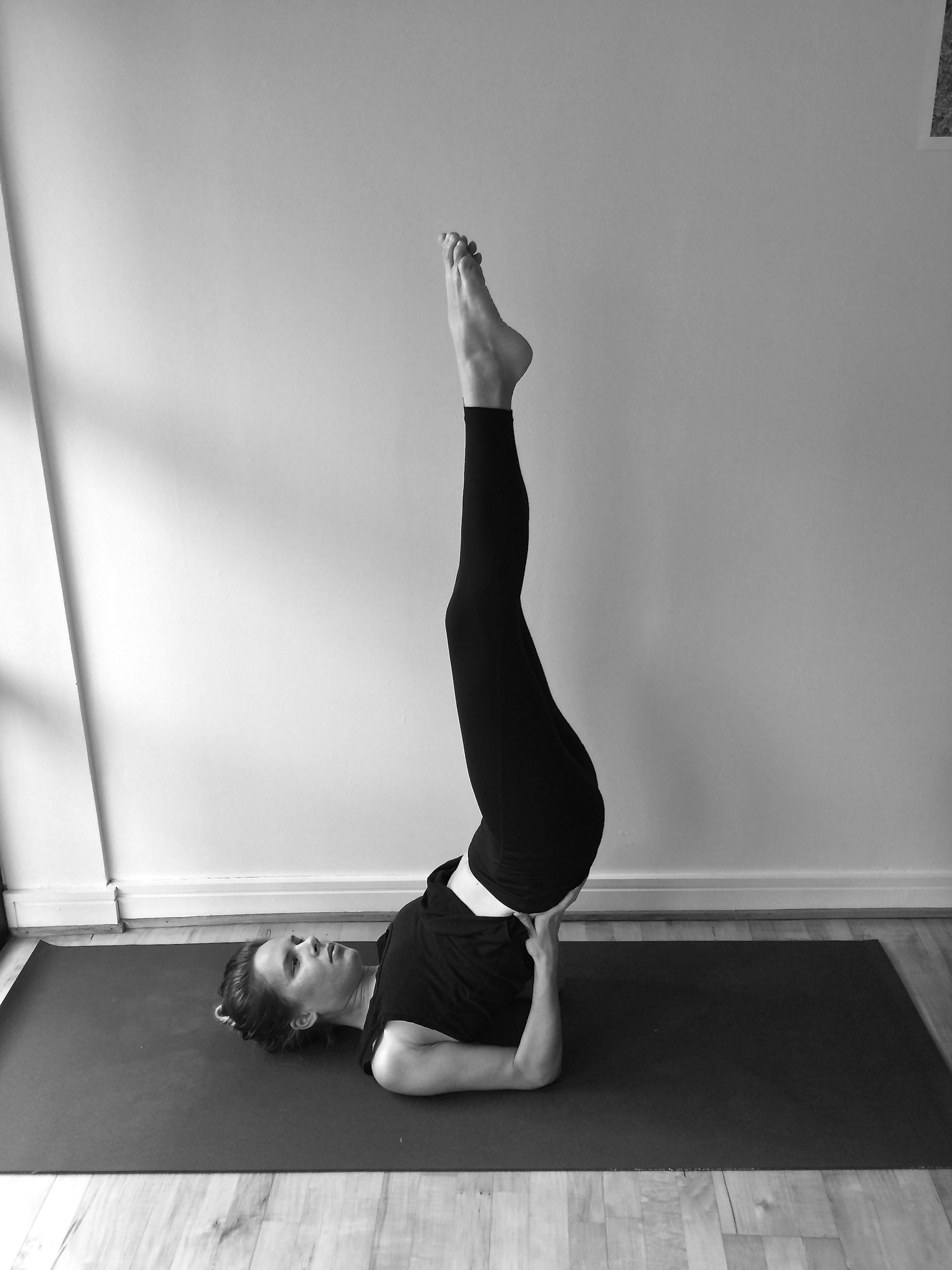If you just found out that you’re pregnant - congratulations! If you’re already a few weeks into your pregnancy or simply feel curious about how to adapt your exercise routine or yoga practice in early pregnancy, I’m glad you're here!
The first 3 months of pregnancy are filled with immense change. The first trimester is about growth and development. The fetus’s major organs, central nervous system and major body parts begin to take form. The heart starts beating and the brain is rapidly developing. By the end of the seventh week, all the essential structures have been formed. By twelve weeks, the uterus is the size of a grapefruit. There are also many other changes happening: hormonal, physiological, emotional and more. Some women experience tender breasts, nausea, morning sickness, fatigue, more frequent urination, and spotting in these early weeks. In addition to this, it’s a personal choice when you decide to announce your pregnancy. This can make the first trimester especially challenging. For example, you might be experiencing nausea or fatigue but are still keeping your pregnancy private.
All things considered, yoga is a wonderful tool to use to help adapt to all that pregnancy brings. It can help you tune out some of the outside noise and distractions, and offer a break from your everyday chores. So that you can notice those changes you're experiencing, both physical and emotional, and ultimately, help you to feel more connected to your baby. It can also help you to tap into your intuition, that feeling of knowing what’s best for you and your baby.
“The intuitive mind is a sacred gift and the rational mind is a faithful servant. We have created a society that honors the servant and has forgotten the gift.”
- Albert Einstein
When adapting your exercise or yoga routine, think of modifying your practice for the growing baby. It's generally recommended to avoid deep twists, deep backbends, and strong core exercises. In my experience, the latter will often feel intuitively undesirable for many women. You can also begin to think of creating more space for the growing belly, by separating your feet a little wider apart in forward folds where the feet are usually together (this goes for both standing and seated poses).
Below are some asanas (poses) that are safe for the first trimester that I recommend incorporating into your practice, whether you’re a beginner or experienced yogini.*
Supta Baddha Konasana - Reclining Bound Angle
Come to lie on your back. Draw the soles of your feet together. Let the knees rest out to the sides. You can support your knees with blocks (if you don't have blocks use books or magazines). Place your left hand on your belly and your right hand on your heart and breathe deeply.
Balasana - Child's pose
Begin in tabletop position. Bring your knees out a little wider than your hips as you sink your buttocks back towards your heels. Stretch your arms out in front and rest your forehead on the ground. For extra support, place a blanket between your hips and your heels.
Sukhasana - Easy pose
Fold your legs in front of your hips. I recommend sitting up on the very edge of a blanket to allow your knees to rest in-line with or below your hips. Begin by placing your hands on your thighs or knees. Then place one hand on your belly and one hand on your heart. Bring your attention inwards, to your breath & to your baby.
Happy practicing!
* Every pregnancy is different. Remember to always consult with your midwife or doctor before embarking on a new exercise program or routine.
Sources:
Yoga Mama, Yoga Baby: Ayurveda and Yoga for a Healthy Pregnancy and Birth, Sounds True, Incorporated, 2013



